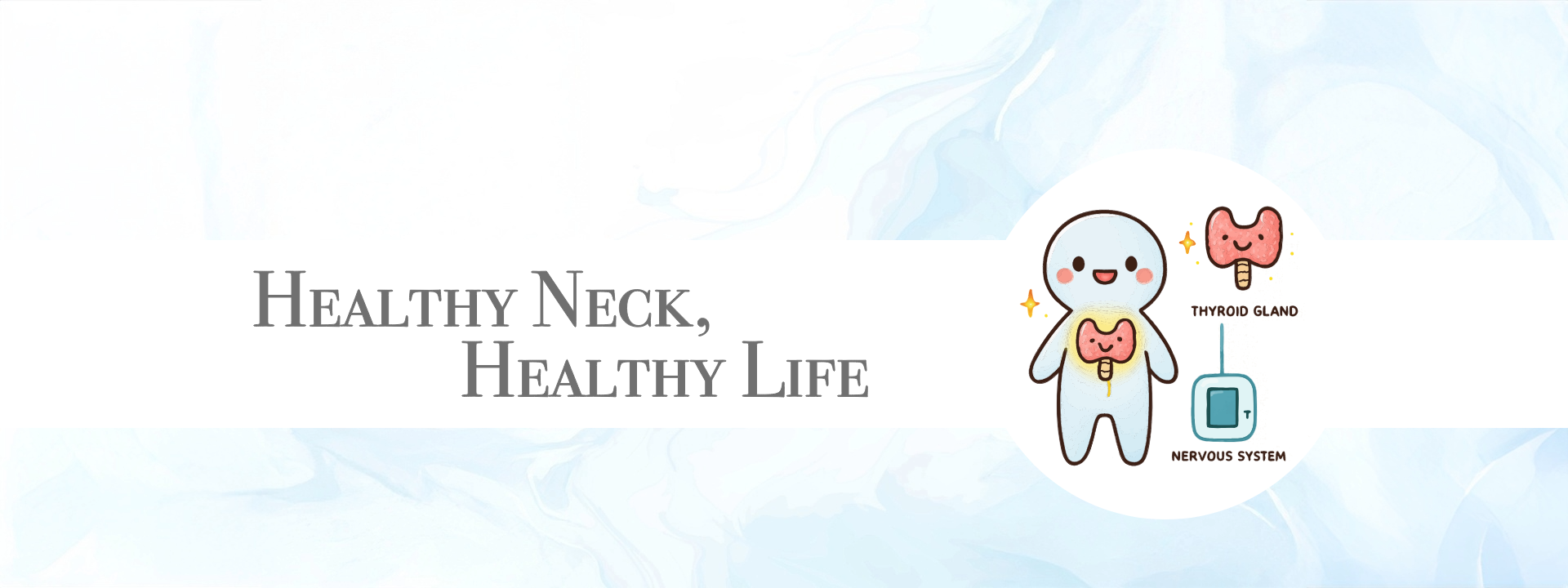🏀A 15-Year-Old Basketball Player Misdiagnosed with Orthostatic Dysregulation – Was That Really the Right Answer?
A 15-year-old junior high school boy.
He loved basketball and was a key player on his club team.
But a few months ago, he suddenly stopped going to school.
At the hospital, he was diagnosed with orthostatic dysregulation.
They explained that when he went from lying down to standing, his blood pressure dropped.
So they prescribed medication to raise his blood pressure.
But honestly—
Here we go again.
- ❌ Was it really orthostatic dysregulation?
- 🩺 The cause was obvious the moment I saw him
- 🏥 In Japan, even if something is curable, you’re not allowed to say it’s “curable” unless it’s treated in a hospital
- 🌍 I truly want to help people—so I’ll go abroad
- 📢 To governments that sincerely want to reduce the number of patients
❌ Was it really orthostatic dysregulation?
He was clearly saying:
“I have a headache in the morning. I feel dizzy and can’t get up.”
And yet, all he got was medication to raise his blood pressure.
He took it for several weeks, but his condition didn’t improve at all.
Naturally, he still couldn’t go to school.
Can we really call that a diagnosis?
Just fitting symptoms into a pattern, giving out template-based prescriptions—
Can we truly call that medicine?
🩺 The cause was obvious the moment I saw him
This boy was a player on a basketball team run by an acquaintance of mine.
He came to my clinic through that connection.
The result was clear:
Severe misalignment of the cervical spine, with extremely limited joint mobility.
It was likely an accumulation over the years that had finally surfaced.
With just a few adjustments, his condition began to improve rapidly.
After four to five sessions, I went to watch a game he was playing in.
He was back on the court, playing with full energy.
Honestly, it moved me.
If his family had just left everything up to the hospital,
he might have ended up becoming a shut-in, falling into depression,
struggling to reintegrate into society—
and possibly contributing to Japan’s growing “8050 problem.”
🏥 In Japan, even if something is curable, you’re not allowed to say it’s “curable” unless it’s treated in a hospital
In Japan, even a misdiagnosis can pass as the final word.
Of course, there are hospitals and doctors we need.
But there are far too many that simply hand out medication without addressing the root cause.
Even when something can be cured, you’re not allowed to say “it can be cured” unless it’s done within the medical system.
That’s the kind of atmosphere we’re dealing with.
Patients believe what doctors say.
So do their parents.
And that’s why I focus on delivering results—because that’s the only thing that convinces them.
🌍 I truly want to help people—so I’ll go abroad
In Japan’s current medical system, there are too many barriers to genuinely helping cases like this.
Institutional limits. Cultural resistance. Misunderstanding.
So I’ve decided:
I’ll go abroad.
To reach the people who truly need help.
To offer them the real chance to recover—even when others gave up.
📢 To governments that sincerely want to reduce the number of patients
If there are any government agencies or healthcare institutions that truly wish to reduce the number of patients,
please contact me.
I can produce real results.
I won’t settle for “there’s nothing more we can do.”
Let’s work together—seriously.




コメント